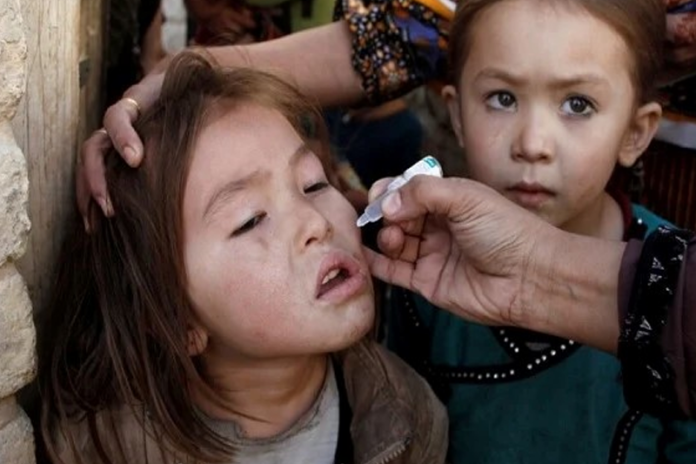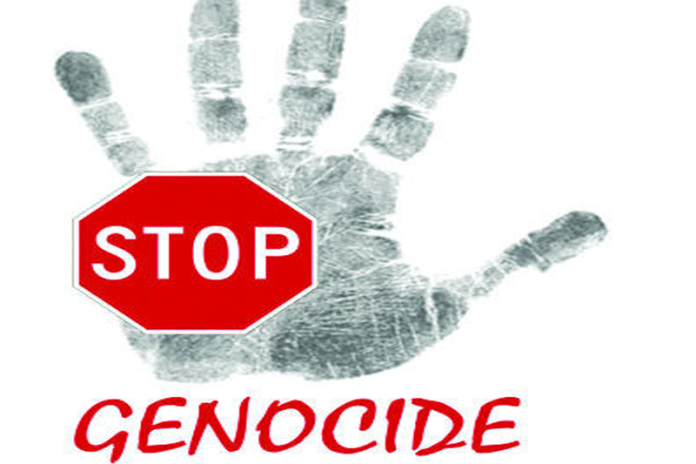Rethinking tobacco: Toward ending cigarette sales and redefining public health

- 232
- 0
Tobacco control measures in some regions have sparked discussions about the 'endgame' of the tobacco epidemic. Did you know that globally, over 5.5 trillion cigarettes are manufactured annually, consumed by more than 1.1 billion people, constituting over a sixth of the world's population?
The tobacco endgame entails rethinking the strategies deployed to combat the effects of the tobacco epidemic, shifting focus from mitigating its consequences to tackling its core: the widespread sale of cigarettes. It advocates for applying principles of consumer protection and human rights to cease the distribution of this lethal product. While the endeavor might seem formidable, it's neither insurmountable nor unthinkable—it's a worthy cause.
Smoking, a gradual killer, affects people over time and tragically, claims lives at young ages. Cigarette smoke leaves toxic residues in lungs and organs, posing severe health hazards and causing fatalities. This dire consequence is why the production and sale of cigarettes must be banned. While some, mainly non-smokers, oppose smoking entirely, others argue for the individual right to buy and smoke cigarettes. However, from a rational perspective, disregarding smokers' opinions, the detrimental health impact warrants the prohibition of cigarette production and sales. Though common knowledge, not everyone comprehends the grave dangers of smoking.
Presently, smoking cigarettes has evolved into a trend embraced by people of all ages as a fashion statement. Shockingly, cigarette industries spend nearly $8.37 billion annually on advertising, with an additional $23 million spent daily for promotions. Smoking leads to over 5 million deaths annually, projected to reach 8 million by 2030. Despite its severe implications for future generations, this concern is often overlooked.
Research indicates smoking causes severe health issues like respiratory complications, chronic coughing, asthma, and cardiovascular problems. Carcinogens in cigarettes elevate the risk of fatal diseases such as lung, mouth, and throat cancers. Socially, cigarette smoke's unpleasant odor and residue impact personal belongings, leaving furniture and fabrics smelling of cigarettes.
Smokers often rationalize their habit, believing the perceived benefits (like stress reduction) outweigh the negative health effects. Studies suggest cigarette addiction mirrors heroin addiction.
Most smokers start during adolescence, influenced by the allure of smoking being cool, risky, and rebellious. Peer influence often overshadows attempts by health professionals, parents, and educators to educate about smoking hazards.
Ending cigarette sales necessitates reframing the perception of the tobacco industry as an outlier in consumer protection, not a conventional business. It seeks to establish equal safety standards for tobacco products. Policies ensuring consumer product safety should extend to cigarettes.
Unlike substances like leaded gasoline or asbestos, cigarettes lack a specific function that can be replaced. Functions attributed to cigarettes, like relaxation or socializing, aren't exclusive to smokers and might evolve with new products or practices used by non-smokers or alternatives with lower health risks.
The narrative around cigarette sales should shift to label them as inherently unsafe products akin to contaminated food or hazardous materials. Advocates must challenge the notion that cigarettes are ordinary consumer goods, emphasizing their danger.
This approach aims to strengthen the message that cigarettes pose severe health risks. By tacitly supporting ongoing cigarette sales, the message of their hazardous nature gets diluted, undermining tobacco control efforts.
Published in The Daily National Courier, December, 19 2023
Like Business on Facebook, follow @DailyNCourier on Twitter to stay informed and join in the conversation.

















































